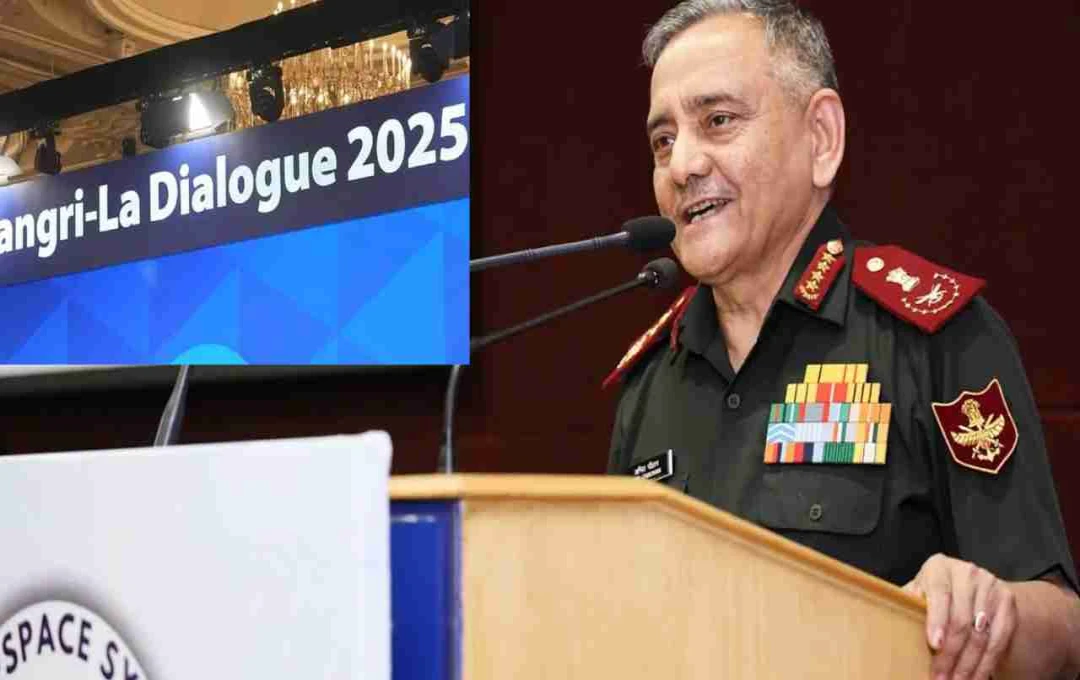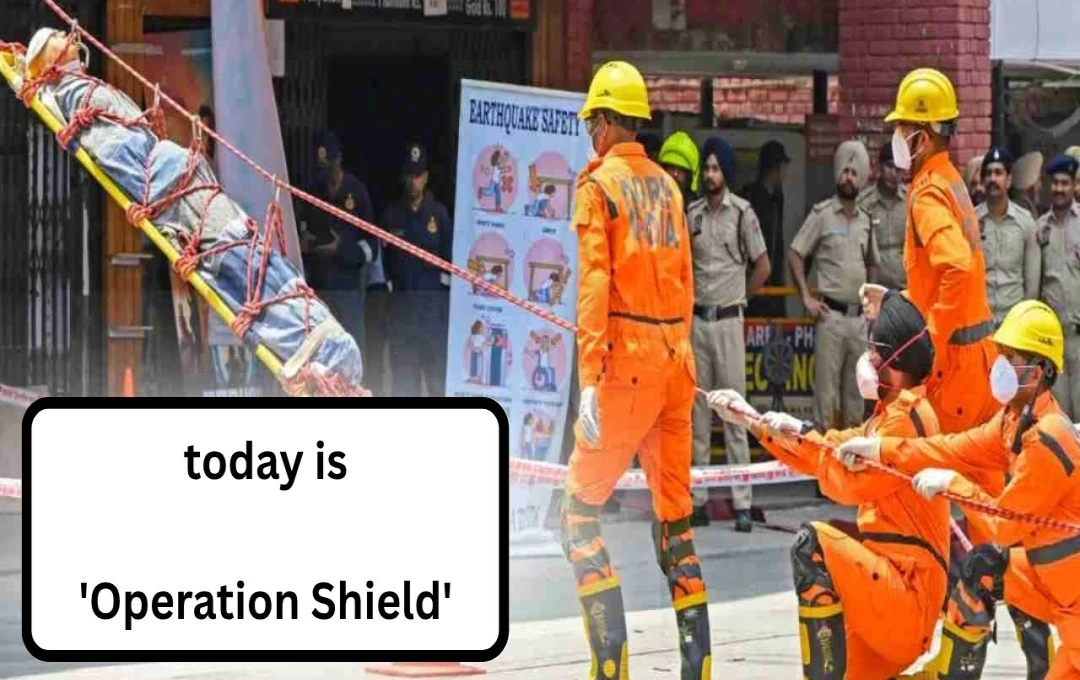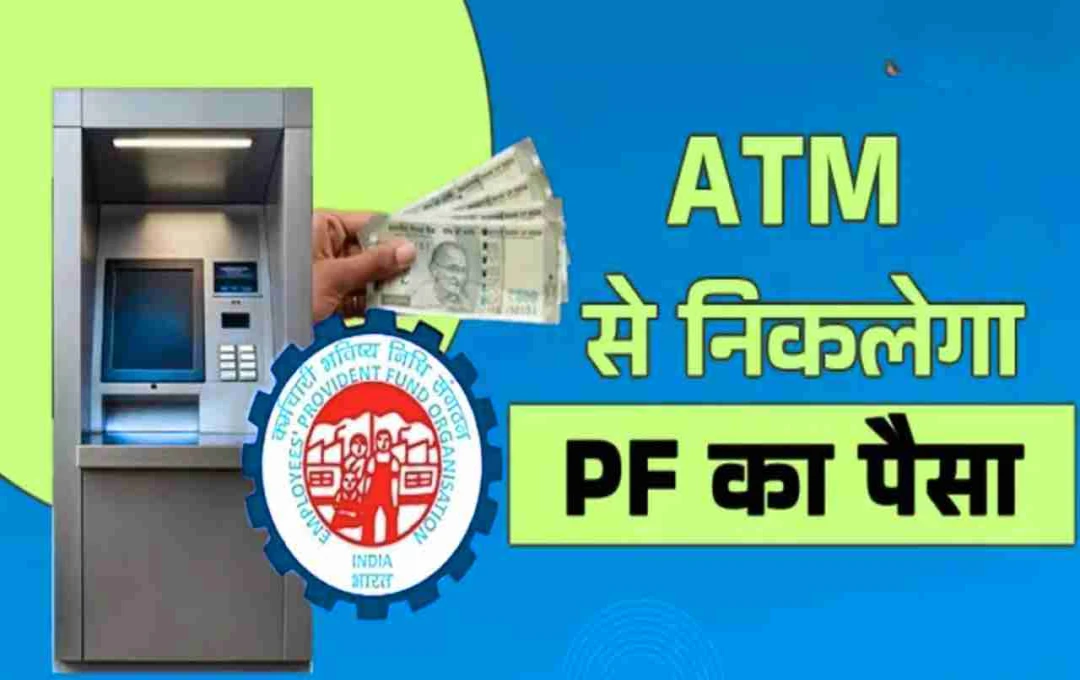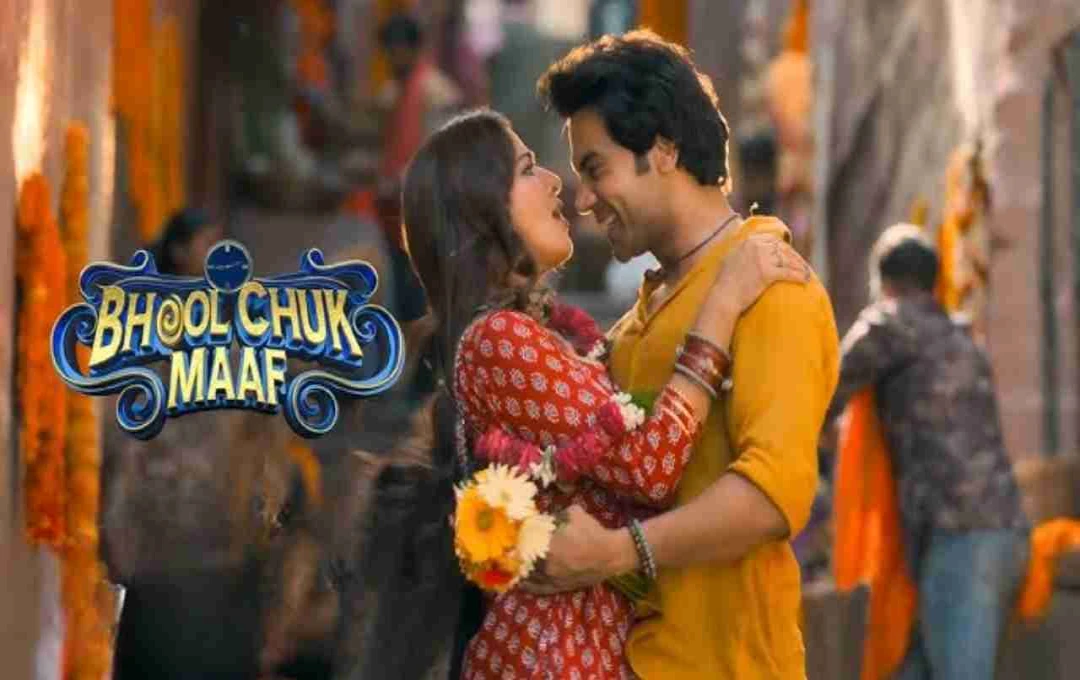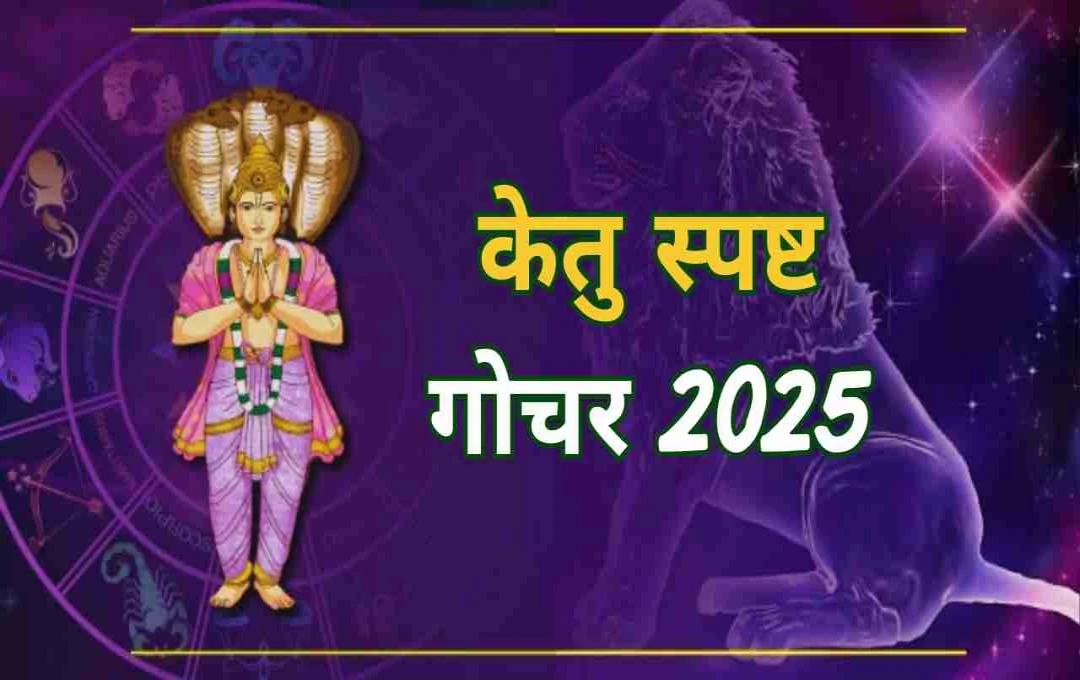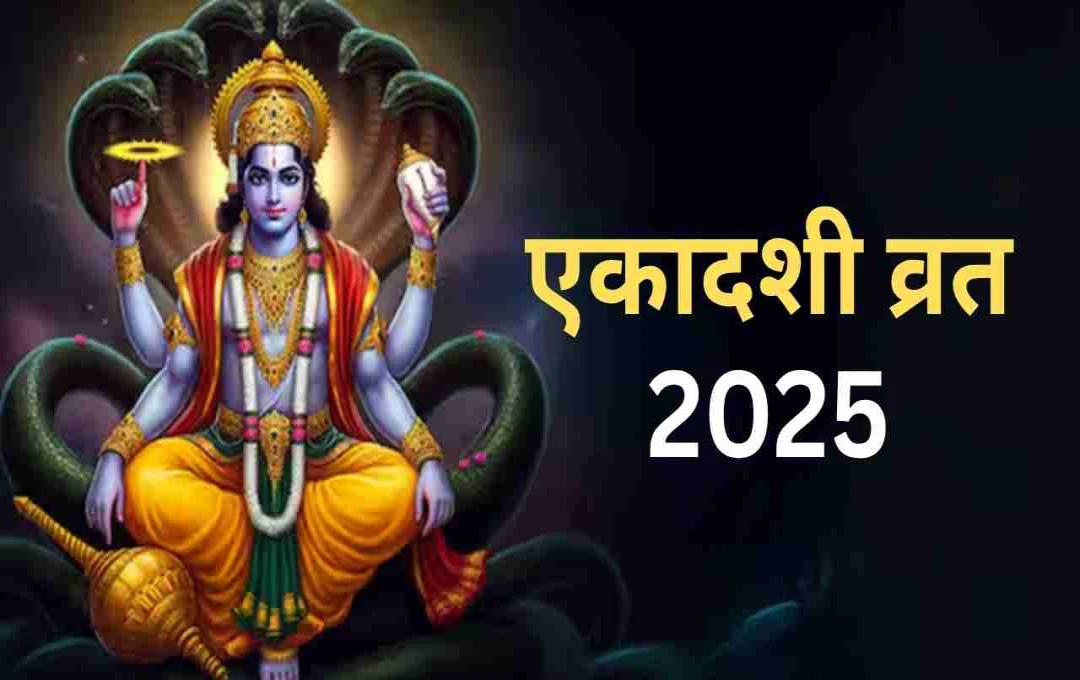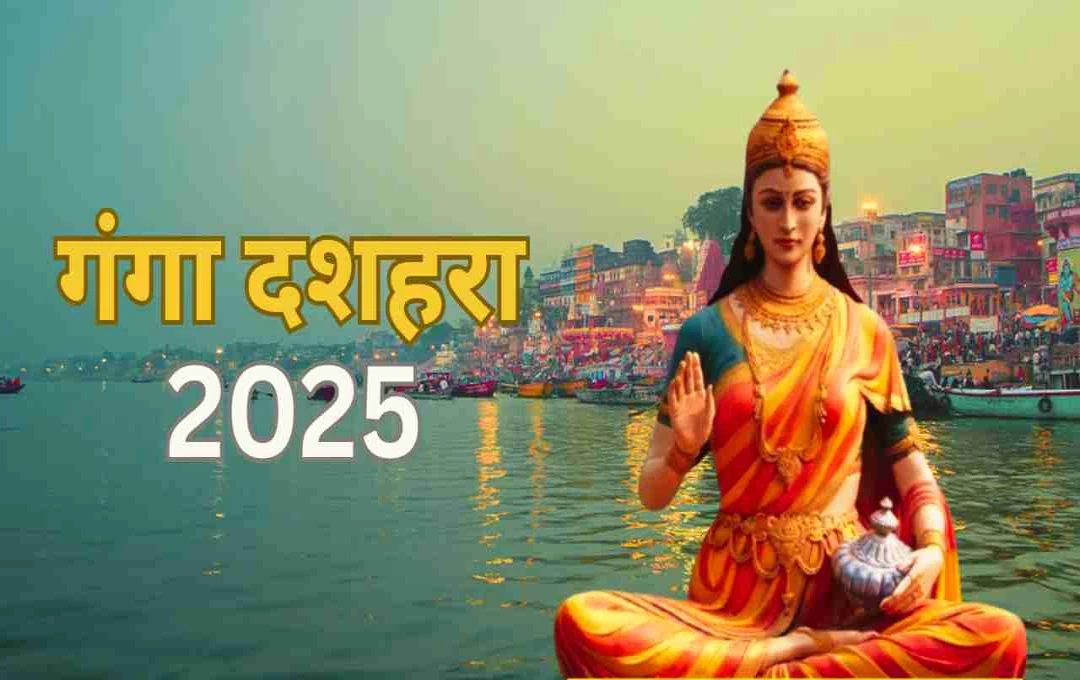Due to protests by monarchy supporters in Nepal, demonstrations and gatherings around the Narayanhiti Palace Museum in Kathmandu have been banned until July 8th. This decision was made to maintain security and peace.
Nepal: Protests and public gatherings have been banned around the Narayanhiti Palace Museum in Kathmandu, Nepal's capital. This ban, effective until July 8th, aims to maintain peace and security in the capital. The reason behind the ban is the increasing number of demonstrations and public activities in support of restoring the monarchy.
Why the ban around Narayanhiti Palace Museum?
A complete ban on protests and public gatherings has been imposed around the Narayanhiti Palace Museum since Friday. Chief District Officer Rishiram Tiwari announced the ban, stating it extends from Keshar Mahal Chowk to the southern gate of the palace. This includes the area from Jaya Nepal Morang and the Mahendra statue to the museum's southern gate. Protests, rallies, demonstrations, and other public gatherings are prohibited within this entire area.
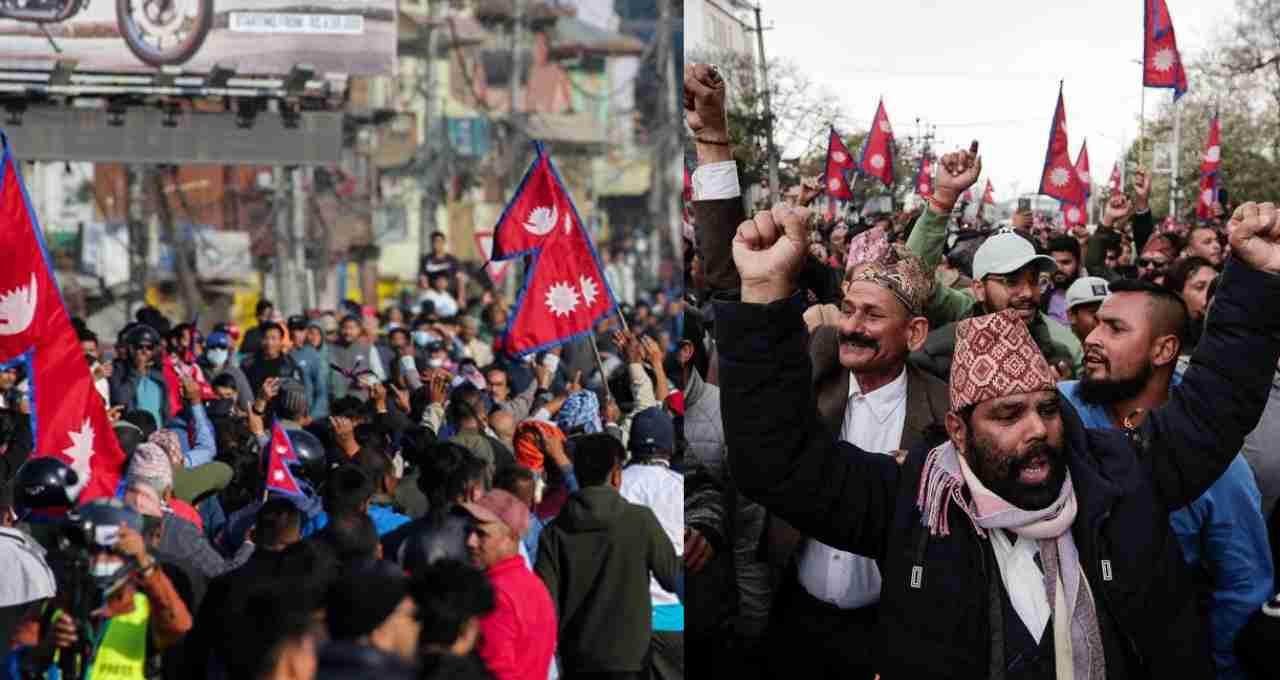
Previous Restrictions
Prior to the ban around the Narayanhiti Palace Museum, restrictions on protests were also imposed in other significant areas of Kathmandu, including the residences of the President and Vice President, the Parliament building, Bhadrakali, and Singha Darbar. This measure was taken to control the growing number of monarchy-supporting protests in the capital.
Monarchy-supporting groups have regularly protested in these areas, aiming to reinstate the monarchy and establish Nepal as a Hindu nation. These demonstrations have become a significant challenge for the government, leading to increased security measures.
What are the main demands of the monarchy supporters?
Understanding Nepal's political background is crucial to grasping the significance of these demands. Nepal had a monarchy for approximately 240 years, but in 2008, the country abolished its monarchy, choosing to become a secular, federal, and democratic republic.
Monarchy-supporting groups, with the Rastriya Prajatantra Party (RPP) being prominent – Nepal's fifth-largest party – oppose this change. These groups are demanding the restoration of the monarchy and the establishment of Nepal as a Hindu nation.
Why are protests increasing?
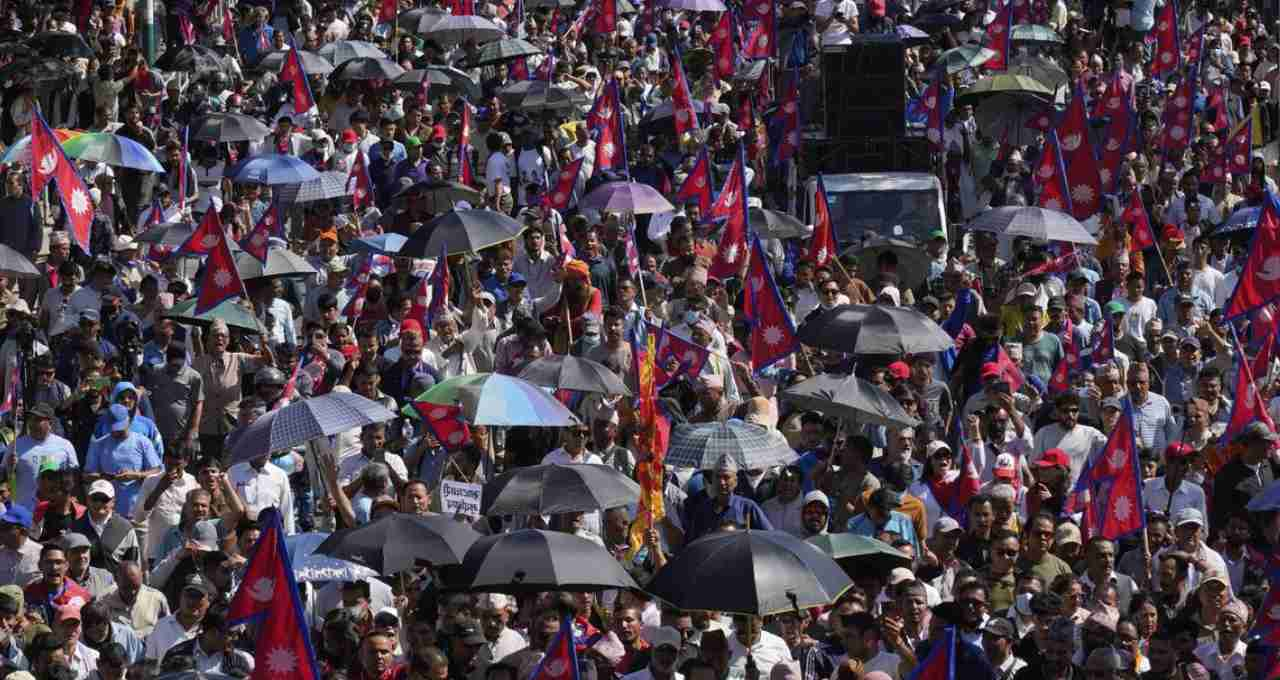
In recent months, monarchy supporters have staged numerous demonstrations across Nepal. Their protests and rallies have disrupted traffic in several areas, including Kathmandu. Protesters have been seen carrying pictures of former King Gyanendra and chanting slogans against the government led by Prime Minister KP Sharma Oli.
Although these protests have remained peaceful so far, the government has imposed strict restrictions due to the increasing number and influence of these protesters and for security reasons.
Narayanhiti Palace is a significant symbol of Nepal's history and its monarchy. Therefore, protesting at this location holds emotional and political importance for monarchy supporters. The palace museum houses memories and artifacts of the former royal family, serving as a source of pride and identity for them.
Government Response
In response to the continuous protests by monarchy supporters, the government has deployed security forces to control the situation. The restrictions on protests and heightened surveillance in public places in Kathmandu aim to prevent any untoward incidents and maintain peace in the capital.
The government asserts that maintaining the nation's stability and democracy requires immediate prevention of any violent or disruptive demonstrations. Therefore, the administration has imposed restrictions around Narayanhiti Palace and other sensitive areas.
The End of Nepal's Monarchy
Nepal's monarchy lasted for approximately 240 years. In 2008, the country underwent a political transformation, abolishing the monarchy. Nepal then adopted a secular, federal, and democratic republic. Following this change, the position of monarchy supporters weakened, but they have not ceased their demands and protests.




